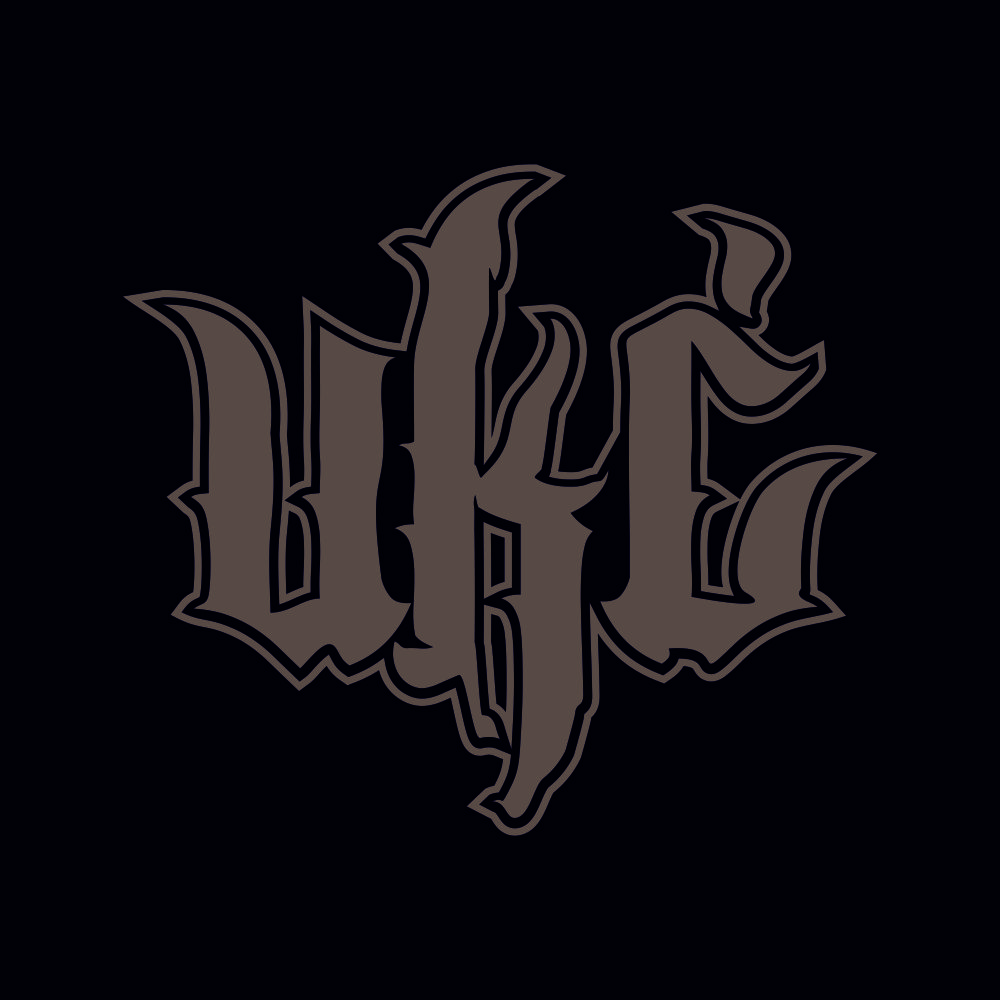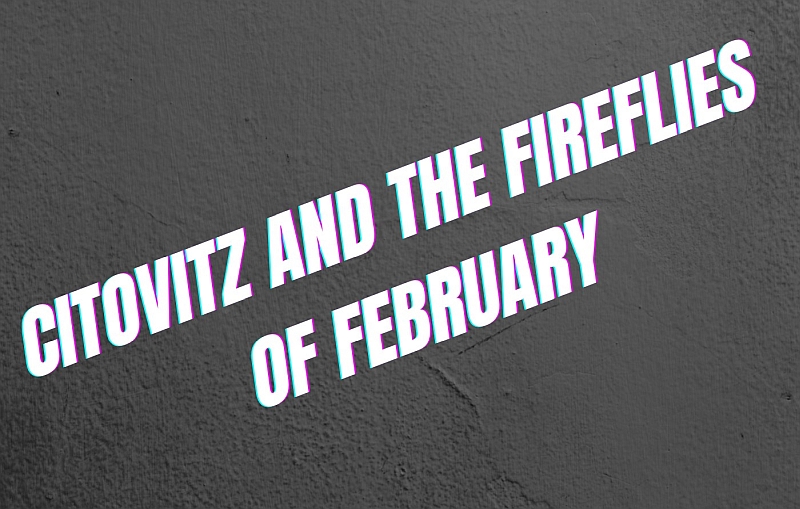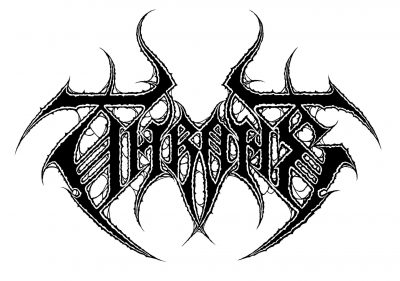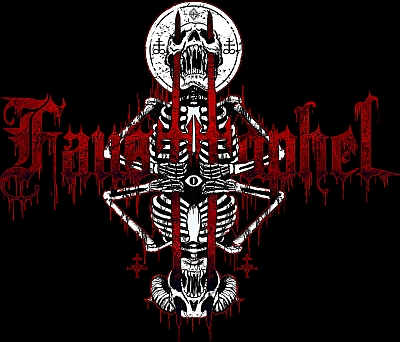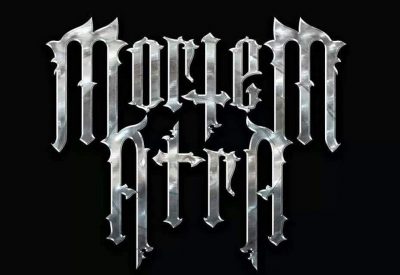
 Hello my friend. I am Andrew. Congratulation for your debut album! Tell me a few words about the history of the band because I dont think many people is familiar with you.
Hello my friend. I am Andrew. Congratulation for your debut album! Tell me a few words about the history of the band because I dont think many people is familiar with you.
Hello Andrew! Thank you for your interest in Ásmegin. Youre probably right about not too many knowing about us. Ásmegin started off as a Norwegian viking metal band somewhere in late 1998 with Auđrvinr Sigurdsson (guitars, vocals), Iving Mundilfarne (guitars, flutes) and Marius Olaussen (guitars, synth, vocals). We wanted to emphasise the art of national romanticism with heavy metal.
At that time Auđrvinr was also playing in his other band, Clairvoyance (symphonic goth metal with female vocals, now R.I.P.), and I in Forgotten Realms (Progressive melodic power metal). Auđrvinr's band does not exist any longer and mine is temporary put on ice. Iving didn't have any band experience before joining the band. After some months Nordalv (alias Skule Jarl) joined on drums, and Tomas Torgersbrĺten on bass. Both from my former band. Thus the line-up was set.
Iving left the band in 1999. Autumn same year, we recorded our first demo, titled Naar Rimkalkene Heves (As the chalices are risen). This demo was released through my underground label Valgalder Records. NRH received nice critics from zines, radios and fans. Some even talked about a new wave of metal! Back then the band had a traditional heavy metal sound with roots from Nordic black metal and Scandinavian folk tunes.
From that time on the band went into a silent phase. We planned to record our second demo in Easter 2000 with the working title Af Helvegum (On the Path to Helheim). The sound was still representing a viking metal style, though we experienced even more with folk tunes now. The lyrical inspiration was more hued by folklore
and mythical elements. But unfortunately (for some), Af Helvegum was never released. Not all band members were focused and ambitious. This period was a tough and difficult one for us. The future seemed dark and vague.
The band seemed dead at this moment. The two ambitious members, Tomas and myself, tried to get in touch with other musicians. After a gig same year, I met Tommy Brandt in a cheesy bar in Hřnefoss, Norway. This marvellous drummer was at this time playing along with the Jevnaker-situated hard rockers, Rooster. Nevertheless, it had to take a year before Tommy and I finally started playing together. It felt natural to bring Tomas along, since he was equally ambitious. You see, back then we had no plan playing the old Ásmegin material. However, when Tommy added his groovy rock techniques on the material at one rehearsal, it just felt right! The sound was completely modified. The songs had a new touch and seemed more easily accessible for a wider commercial audience. Nordalv's epic black metal technique was replaced with a simple, groovy, hard rockin' style. Again; it sounded really right!
Ásmegin was given a new life, a new energy! Tommy was also as ambitious as Tomas and me. After Tommy joined the band in Autumn 2001, a lot of things have happened. We booked Top Room Studios with Břrge Finstad as producer.
Many vocalists auditioned for the band, but ultimately, Bjřrn Olav Holter, a.k.a. Narrenschiff joined on permanent basis. This was an important turning point for the sound. Bjřrn's intense and energic throat sounded just perfect for the material. The viking metal touch was more or less gone, however, Bjřrn breathed more intensity to the songs.
Even if things didn't turn out the way we had planned at all, we had the right feeling about it! And with Raymond Hĺkenrud joining the band on guitar after some months of advertising in different Norwegian music magazines, the songs had a completely new feeling!
February 18th 2002 the band entered Top Room Studios. Břrge Finstad is a busy and hard-working fellow. Since we at that time didn't have any record contract and no
record labels pushing us in the back with deadlines and booking frames, we had to step aside for the other bands who had also booked. Little by little we managed to complete the album. The working title was Af Helvegum, just like the name for our planned second
demo. Nevertheless, we thought that since the sound has been so heavily modified with lots of different elements from different styles of metal, Hin Vordende Sod & Sř (The prospective broth & soup) would be a more suitable title!
Your sound is really original. A mixture of black metal riffs with folk melodies and ethereal female vocals in combination with black metal screams. How did you decide to follow this style and how easy it is to compose songs of this style?
How we decide to follow this style? As a composer I must emphasise that we had no plan following any styles. We have always played the music we want to play. Since were all into all kinds of metal and Scandinavian folk tunes, it felt natural to develop our sound with all these elements. It has always been easy to compose songs in this style. This old material (the material on HVSOS is from 1998-2000) isnt that intricate, so, there have never been any tough times writing a material as this.
Tell me a few things about the recordings of the album. Where did you record it and who paws the producer? Are you satisfied with the final result or you would like to change something?
We entered Top Room Studios February 18th 2002 with Břrge Finstad as producer. Top Room is quite a full-booked studio, so we had to wait awhile before finishing the album. Of course, we could book another studio, but Top Room is just 12 minutes away from our homes and we got a resonable deal with Břrge, so we waited. As time went by, I started working for Břrge as an assistant. This made things a lot easier for us. Now I could do most of the recordings myself. I worked both weekends and night time when the studio was available. Its not easy to get time when youre a small and unknown band, you know. Anyway, little by little we managed to get the album finished. Břrge and I produced the album together.
Were satisfied with the final outcome, but personally there are lots of things I would want to do different and additional ideas I want to add. Nevertheless, it will always be like this. Ultimately, it turned out to be a nice debut album.
 The promo copy I have does not include lyrics but I can see that the titles of your songs are in Norwegian. Are all the lyrics also in Norwegian? Is this a way to point out the folk part of your music?
The promo copy I have does not include lyrics but I can see that the titles of your songs are in Norwegian. Are all the lyrics also in Norwegian? Is this a way to point out the folk part of your music?
The lyrics are mainly written in Old Norwegian (1850 grammar) and Norse. There are some Latin passages as well. It felt natural to me writing the lyrics in Norwegian. The lyrical concepts are mostly influenced by Norwegian folklore, Norse mythology and ficted stories. I think the feel to them would be less authentic if we wrote them in English. I feel more free to express myself writing in my mother tounge.
Our former vocalist, Auđrvinr, has written two lyrics for this album, both in old Norse. Were both engrossed in writing good lyrics. Personally, I think its just as important as writing a good riff or arrangement.
What are the lyrics talking about and how are they related with your music?
Auđrvinrs mainly influenced by Norse history. Im more into Nordic folklore and mythology. The way I work, is that I compose a very simple outcast of a song, or at times arranging it completely. Then I sit down and close my eyes trying to see what the tunes tell me. Additionally, Ive written some lyrics before any tune was ready. Its important that the music and lyrics fit together. Were not just writing some words that fit in rhythmical matter.
How easy it is to perform your songs live? Have you arranged any live shows in order to promote your debut album?
Hehe, now that would be a challenge! Since our clean vocalist, Lars Nedland, usually adds at least 6-8 vocal lines at one time, and at the most 18 vocal lines, you will surely comprehend that this would be difficult to perform live! We have thought about it, and the way we will prepare for live shows, is to pick out the three-four most important lines. Instrumentally speaking, there are some accordion passages I should do live. Weve thought about getting a vocalist, which is capable of doing some guitar lines where the riffs are heavily based upon accordion. Thus I have the opportunity to throw the guitar aside and pick up the German squeezy thing from hell. Otherwise, I think well be able to perform a more or less right audioble image compared with the studio album. Anyway, as I mentioned, the most difficult part is to arrange all the vocal lines live. We definitely would need perfect monitoring then, hehe..
No, we havent planned any live shows yet. Our drummer recently broke his arm, so we need quite a time to prepare him. Things are going well now. But he needs more time to get ready.
What does Hin Vordende Sod & So mean?
The title of the debut album Hin Vordende Sod & Sř means The Prospective Broth & Soup in English. This lyrical passage is front (you might say) the title track, Til Rondefolkets Herskab (Towards to Household of the Rondes). This is the third and last act of the Peer Gynt trilogy, inspired by the well-known Norwegian author Henrik Ibsen. There are quite some metaphors in this title, but I dont want to list them up here. Those whore interested should try to find them themselves. Additionally, I may publish that the title could also be comprehended musically. HVSOS consists of lots of different styles of metal mixed with Nordic folk tunes. I have really worked hard to get as many elements and musical visages on this album as possible. Thus to create an even more interesting piece of music. Daresay I, a prospective broth and soup of music?
Tell me a few things about the guest appearances in the album.
There has been quite a bunch of guest appearances on HVSOS. I would firstly like to thank all of them to make this possible. They are all extremely professional musicians, who I have loved working with through the entire process. Firstly, we have Lars A. Nedland on clean male vocals. He mostly wrote his own vocal lines in the studio. All the songs had vocal lines ready. But when we gave Lars a freedom of making his own, I think he could experiment more and doing what felt natural for him. Secondly, Sareeta added both the fiddle, the female chant and even some screaming lines . Sareeta and I arranged her lines both outside and inside the studio. Lars Fredrik Frřislie added pianos, mellotrons and samples. All arranged and recorded at Lars Fredriks own studio. Other guest appearances were done by Gunhild Fřrland (flutes), Anja Hegge Thorsen (Jews Harp), Oddrun Hegge (Norwegian zither) and Anne Marie Hveding (Wood-nymph chants on track 3). Břrge Finstad was dying to add percussion on tack 3, so he was permitted.
Why should someone prefer to buy your album than any other release of our days?
Thats a good question. If you dont like a wide spectrum of different metal styles, and if you hate Nordic folk melodies, you probably should stay away from HVSOS. Otherwise, it would be a good recommendation. Personally, I think HVSOS represents something fresh and new. Another good reason would be to support good musicians in their future works.
If you had the chance to play live along with any band or artist you like, who would that be and why?
All the band members of Ásmegin would answer different to this question, since we all have different musicial tastes. Personally, I would love to perform live with the legendary 70s folk rock bands Folque and Kebnekajse. These two bands have been a great inspiration for me, and it would be a blast just to see them live.
Is there any possibility to change your style in the future and be a pure black metal band or a pure folk one?
Time will tell. But you need to remember that the material on HVSOS is from our oldest period. This material does not represent the bands sound today. Were working on the new material for our second album nowadays. The songs Ive written are perhaps a bit back to basic, with lots of 70s prog rock influences. Raymond, our lead guitarist, has written some really heavy and technical songs ala Nevermore, Cynic and Death. But we will arrange and instrument all this material in a Scandinavian folk style.
Name me some of the bands you like and some of the bands you have been influenced from
The bands Im into are not representative for the rest of Ásmegin. From the metal scene Im listening to bands like old Edge of Sanity and most of what Dan Swanös into, My Dying Bride, Katatonia, Extol, Solefald, Ebony Lake, Opeth, Madder Mortem and Nile. But nowadays Im getting more and more submerged into prog rock bands like Jethro Tull, Änglagĺrd, Yes, Gryphon, Gentle Giant, King Crimson, Camel and Genesis from the epoch with Peter Gabriel. But anyway, I like music in general. Even good pop music, classical and lots of other musical styles, as long as its good. There are only two categories in my opinion; good and bad music.
 Would you prefer to be a great band in the underground scene or just one average band in the mainstream scene?
Would you prefer to be a great band in the underground scene or just one average band in the mainstream scene?
I would also need to answer this question separately of what the other band members think. Personally, I have no plan of become this and that. I write and play music I like, and wish to continue with this, unfettered of any hopes coming a mainstream band or staying an underground band. If we become more and more known, that would of course be nice. But it wont affect our sound nor compositions.
So, we are approaching the end. I want to thank you for your time and wish you good luck for the future. Closing is yours
First of all, thank you again for your interest in Ásmegin. If anyone want to find out more about us, please visit our web site http://www.asmegin.com. Well try to update these pages as often as possible. Youll also find some mp3 samples here.



